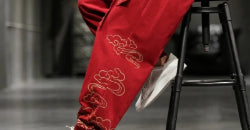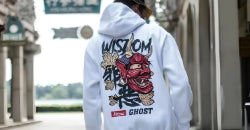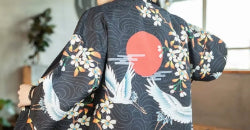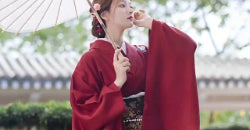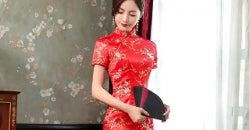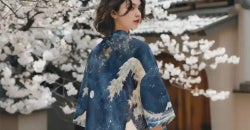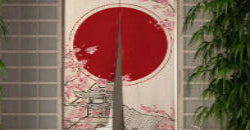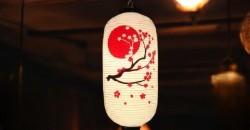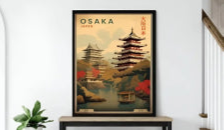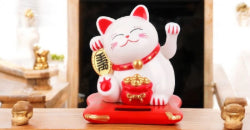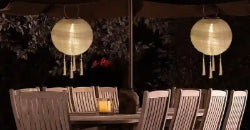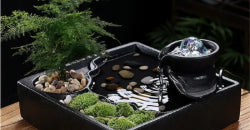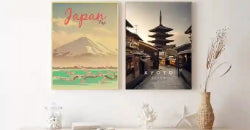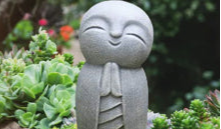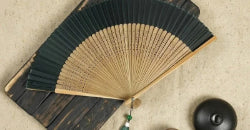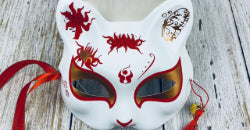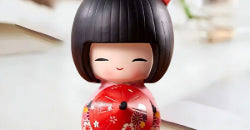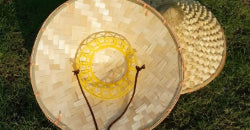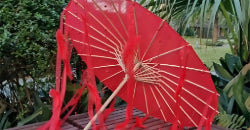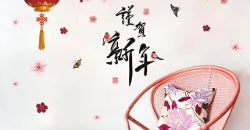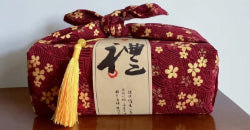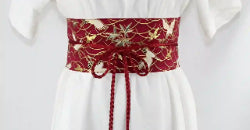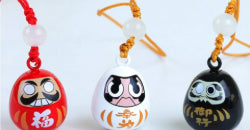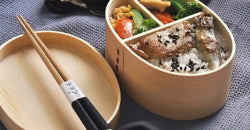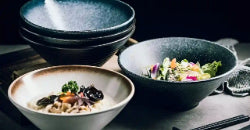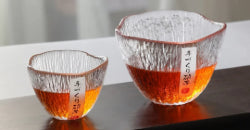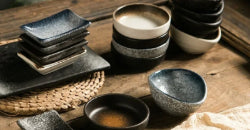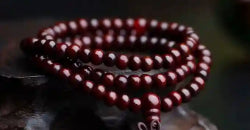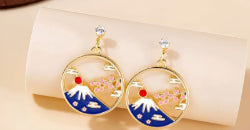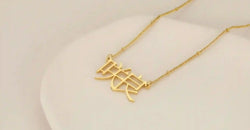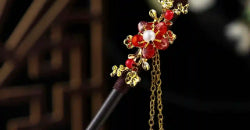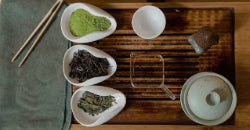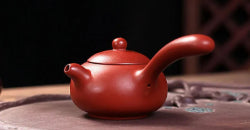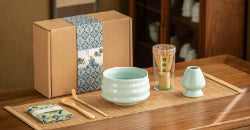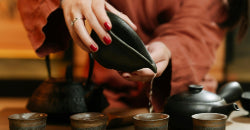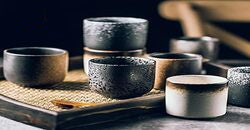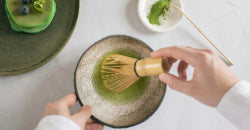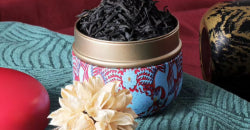Japanese New Year: A Dive into the Traditions of Oshogatsu
Source: Freepik
New Year in Japan , known as Oshogatsu , is one of the most important and deeply rooted holidays in Japanese culture. Unlike Western celebrations, marked by champagne and fireworks, the Japanese New Year is a time of calm, reflection, and respect for traditions. Let's discover together how the Japanese celebrate this unique time of year.
Japanese New Year Preparations

As early as December, the Japanese begin preparing for the New Year . Preparations are not limited to organizing a party, but encompass a wide range of traditions aimed at purifying and preparing for the coming year on a solid foundation.
The Big End-of-Year Cleaning: Osoji
Among the first steps in the preparations is Ōsōji , a thorough cleaning ritual that takes place in homes, offices, and temples. Much more than just cleaning, this act symbolizes renewal: it allows for the elimination of impurities and negative influences of the past year so that the new one can be approached with serenity.
In addition to this major cleaning, the Japanese take care of:
-
Settle their debts,
-
Classify their documents,
-
Finalize any pending business.
This way, they can start the coming year on a healthy and harmonious footing. In addition, the products in our Japanese Tableware collection are perfect for enhancing your meals and starting the year off on the best note. Visit our collection to discover them.
New Year's Wishes: Nengajo
Sending nengajo (greeting cards) is another must-have Japanese New Year tradition. Each year, billions of these cards are sent across the country, each bearing messages of a happy new year and prosperity. Nengajo are often decorated with the Chinese zodiac animal corresponding to the coming year and are accompanied by lottery numbers, a popular Japanese game for starting the year with a sense of luck.
New Year's Eve: Tradition and Simplicity
On the evening of December 31st, the festivities are very different from those you might find in the West. Instead of large, noisy parties, Japanese families opt for a quieter evening, often in front of the television.
Toshikoshi Soba: A Dish of Longevity
On New Year 's Eve, it is customary to eat toshikoshi soba , long buckwheat noodles that symbolize longevity. This dish is eaten before midnight to ensure a long and healthy life. Unlike Western festive meals, this dish is simple, yet full of meaning.
The 108 Bells: Joya no Kane
At midnight, Buddhist temples across Japan ring the 108 bells , a ritual known as Joya no Kane . These bells, which symbolize the 108 earthly desires according to Buddhism, mark the purification of the mind and the entry into the new year with a light heart.
New Year's Day in Japan: A Day of Tradition and Remembrance

January 1st, called Gantan in Japanese, is a day dedicated to family and spiritual rituals. The activities of this day are imbued with deep meaning and are intended to ensure a prosperous and happy year.
Hatsumode: The First Visit to the Temple
One of the most important New Year's Day traditions is Hatsumode , the first visit to a temple or shrine. Families go to sacred places to pray, thank the deities for the past year, and ask for protection and blessings for the coming year. It is also an opportunity to draw an omikuji , a small piece of paper that predicts fortune for the coming months.
Hatsuhinode: The First Sunrise
Another tradition dear to the Japanese is Hatsuhinode , the observation of the first sunrise of the year. This symbolic moment is seen as a sign of renewal and luck for the coming year. Many Japanese rise early to witness this natural spectacle, often from a location offering a breathtaking view, such as Mount Fuji.
Toso: New Year's Sake
Toso is a special sake consumed on New Year's morning. Infused with medicinal herbs, this beverage is believed to bring health and longevity to those who drink it. Toso is usually shared within the family, strengthening bonds and wishing happiness for the coming year.
The First Three Days of January: Osechi Ryori and Otoshidama
Source: Freepik
New Year 's festivities continue until January 3, with culinary traditions and gift-giving continuing to mark the significance of the period.
Osechi Ryori: Traditional New Year's Dishes
Osechi Ryori is an assortment of dishes specially prepared for the New Year , each with a special meaning. For example, black beans symbolize health, while herring roe represents fertility. These dishes are prepared in advance and enjoyed with family during the first three days of January.
Otoshidama: New Year's Gifts for Children
Japanese children look forward to the New Year , not for Christmas gifts, but to receive Otoshidama . These envelopes containing money are distributed by parents and relatives, marking a generous start to the year.
Conclusion: A Family and Spiritual Celebration
New Year's in Japan is much more than just a celebration; it's a time of renewal, purification, and strengthening family bonds. Through purification rituals, temple prayers, and traditional meals, the Japanese begin each new year with wishes for happiness, health, and prosperity.
By celebrating Oshogatsu , the Japanese remind us of the importance of tradition and contemplation in an ever-changing world. Whether you're in Japan or elsewhere, these customs offer a unique perspective on how to start the year off right.





